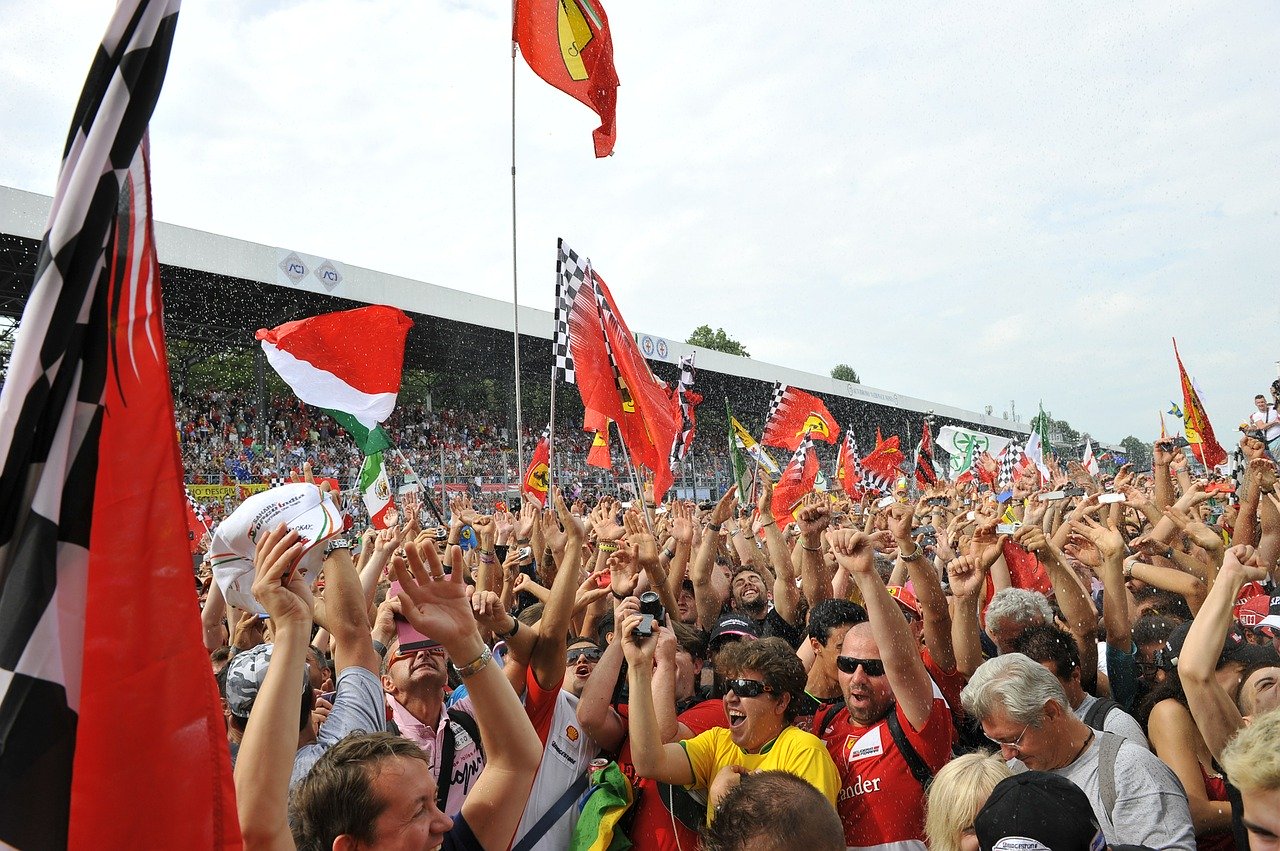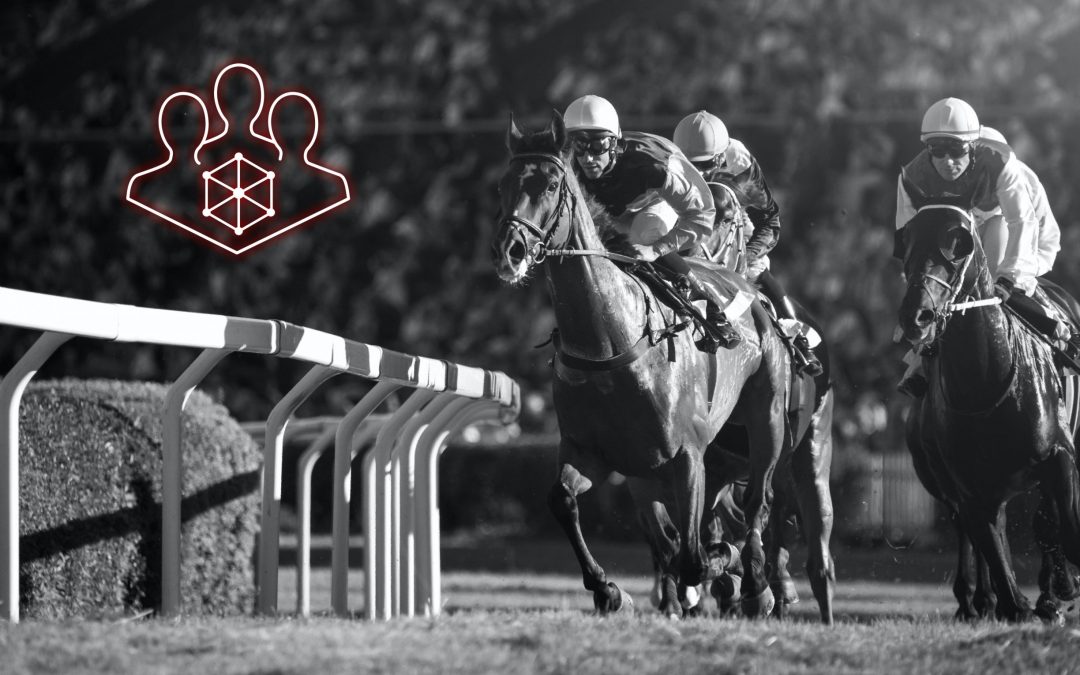The racing industry is a special sports industry, both in its nature and in the way it operates. This sector, managed by the two parent companies France Galop and Le Trot, is entirely financed by Paris Mutuel Urbain. Thus, spectators, turfists and punters play a key role and the question of the customer experience, the “fan experience” is therefore central. Racecourses and institutions must offer an unforgettable experience in order to attract and engage spectators.
In the past, providing the race schedule at the entrance of the racecourse was enough to satisfy the spectators. However, digital developments have changed the expectations of spectators. Fast access to information and live coverage have become a reference in the fan experience. The digital revolution triggered a war over customer experience.
DEFINITION OF FAN EXPERIENCE
In terms of sport marketing, the fan experience is the customer experience. It’s the way to build customer loyalty, reach new targets and attract customers to the stadium or racetrack. Thus, the fan experience brings together all the actions put in place by clubs and institutions to improve the spectator and viewer experience. Thanks to the widespread access to information made possible by the deployment of smartphones (according to Statista, sales of smartphones worldwide rose from 295 million in 2010 to 1.5 billion in 2018), fans have become increasingly demanding. Sports organisers need to be more creative in order to offer the most complete fan experience possible and to extend the duration of the fan experience to keep spectators coming back.
Remember that sport is considered as entertainment for fans. The ultimate goal is to offer an immersive experience that allows the spectator to leave with a positive memory and emotion. The online ticketing service, the application dedicated to the event, the delivery of food at the seat or the accessibility of data or results of a team online represent today’s fan experience.
THE FAN EXPERIENCE AT THE RACETRACK
The racing industry brings together many different personalities, all passionate about horses, betting and ambition. The emotion present in the atmosphere on the day of a race has a great influence on the fan experience at the racecourse or at the PMU bar. But the experience of a race doesn’t stop there. The major Parisian racecourses and parent companies are working hard to renew their fan experience in order to attract new spectators. For example, some racecourses offer assistance to new bettors. Hostesses are available to explain the betting conditions and help facilitate this first experience, so that it results in a positive emotion for the novice bettor. In the parisian suburb, the organisation of the JeuXdi by Paris Longchamps aimes to attract and retain a new type of clientele.

Moreover, the biggest races generally host entertainment villages, children’s villages or competitions such as the elegance competition organised on the occasion of the Prix de Diane. All of these events enhance the fan experience.
In addition to the emotion created by the racing atmosphere at the racetrack, betting is a major part of the fan experience for both spectators and viewers. Whether you are a seasoned bettor, a novice bettor or a simple visitor wishing to gamble on a big race, the steps will be the same.
Abroad, in order to recruit younger customers, some racecourses rely on social networks and influencers. These are indeed major assets in recruiting millennials since they are followed by a few million subscribers and share their experiences on their Instagram accounts. Thus, these means of communication should not be neglected to develop the fan experience.
THE CORE ROLE OF DATA
Example of a report available on France Galop. Credit to France Galop – Tracking segment 20200818DEA05
This information is also valuable for bettors wishing to select the horse they wish to bet on.
For viewers, watching the horse’s speed live on their screen helps to reinforce their commitment and experience, as the figures illustrate the speed of the horses using an order of magnitude known to all. This method is used during the broadcasting of Formula 1 Grand Prix. The institutional organisers of this motor sport have succeeded in offering an immersive and complete experience for spectators and television viewers.
THE FORMULA ONE FAN EXPERIENCE

It is important to remember that the technological environment is constantly evolving, leading to a change in fans’ consumption patterns. Formula 1 offers a complete fan experience: from preparatory elements (tickets, information, “appetizers”), to the Grand Prix on D-Day and post-race elements (reports, best of, etc.) available between two weeks of racing on YouTube to keep the spectator on the edge of his seat. The fan is in the center of the action thanks to the technological means put in place by the FIA and the different teams during the races. An application provides Formula 1 fans with a simple, fast and reliable way to follow the news of their favourite sport. This application provides free information such as the best of races, results and race times. A subscription is also available for those who wish to access other data and race viewing methods.
Finally, since 2019, a statistical database has been available on the Internet on a self-service basis and collects a large amount of data. It is possible to find out the maximum speeds of each car, their different times for each lap. The fan is then immersed in the grand prix experience. The data has thus become a necessary part of the fan experience.
The environment of Formula 1 is comparable to the one of a racetrack. It would be quite possible to create a database allowing to retrieve the different results of a race, best of videos retracing the results of the races with the help of data (as proposed by EQUIDIA). The France Galop database could be completed with the maximum speeds reached by the horses, from their different times to the last 600, 400 and 200 metres. Tracking data offers a real understanding of the race and allows punctual amateurs to appropriate the results more easily (thanks to figures and videos).
CONCLUSION
The fan experience aims to entertain, retain and recruit. Today’s world is being turned upside down by a consumption mode based on self-service information. In order to develop the loyalty of racing fans, it is necessary to satisfy their curiosity through various information points: raw race data (speed, time), video reports offering behind-the-scenes information about the teams and teams. This information allows a projection and an immersion answering a fan’s thirst for curiosity. Thanks to the implementation of race reports as shown previously, the parent companies now meet this need for curiosity.
Key words: fan experience, France Galop, PMU, horse racetrack experience, racetrack animations, online racetrack ticketing, Paris Longchamps, Prix de Diane, data in sports, racehorse tracking, Formula 1 Grand Prix, fan retention


